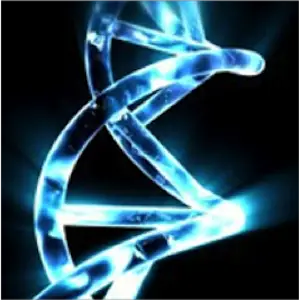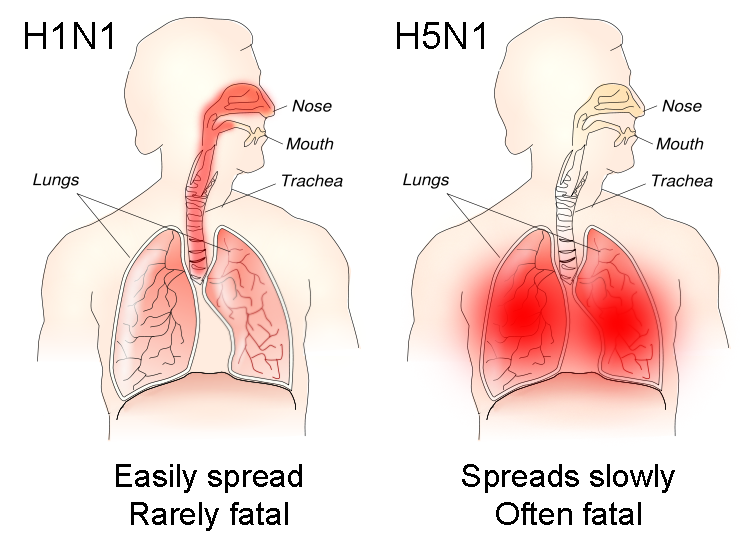Exam 1 blog
The supercomputers versus Nature. Who will win?
Scientists were put up to a challenge. The challenge was to try and recreate the intricate complex structures that nature does effortlessly in proteins and make their own proteins do what nature does, fold it into final form. The end result became very clear very quickly. What is it you ask? Well it was never even a contest. Nature proved its worth easily over mankind's strongest and most powerful computers that it faced.
Some people may wonder why even bother with nature and try to recreate our own synthetic proteins just as well as nature?
Well the answer is knowing the shape of proteins is important for designing new drugs. While scientists have learned the sequences of tens of thousands of proteins, they know the three-dimensional structures of only a small fraction of them. Going directly from the sequence to the correct geometry would amount to nothing less than a biochemical renaissance.
As you can see the structure of a protein is beyond complicated
and this is just one of the proteins that scientists are trying to
sythesize to create new drugs for medicine.
In recent years though mathematicians have come to believe that the general problem of predicting how any given sequence of amino acids will fold is nearly impossible, the kind of problem they call ''nondeterministic polynomial complete.'' An example is the traveling salesman problem: Given a list of cities, find the shortest path that will visit them all. The only way to solve the problem exactly is to try every single route. But as the number of cities increases, the computing time explodes out of control. Likewise, as the number of amino acids in a protein chain increases, the time needed to calculate its final configuration grows beyond hope. And for this reason scientists cannot hope to be able to be able to, at least in the near future, be able to recreate protein structures.
It was estimated that for an average sized protein made of 100 amino acids solving the folding issue would take 1027 (a billion billion billion ) years. This is why nature is winning the battle against supercomputers. Things that would take forever take nature seconds.
Oblivious to this argument are very long proteins, consisting of thousands of amino acids, which fold up by themselves in minutes; while shorter ones, with tens or hundreds of amino acids, fold in a second or less. The proteins have somehow found a shortcut through the maze of possibilities, and both biologists and computer scientists are dying to know what it is.

As you can see this protein, compared to the earlier one, is
much much simplier and one like this could be solved by
the scientists in the contest against nature.
Overall it became clear to all the molecular scientists in this contest. That we are so off the idea of the primary structure that we just cannot compete with it right now, however they can with the secondary structure. My opinion after reading up on this "contest" is that nature clearly has the upperhand and that the scientists should stick to what they can do right now and not go too far ahead of themselves, as it is clearly not capable of being done right now.
Below is a complete list of proteins that have been discovered to this date.















